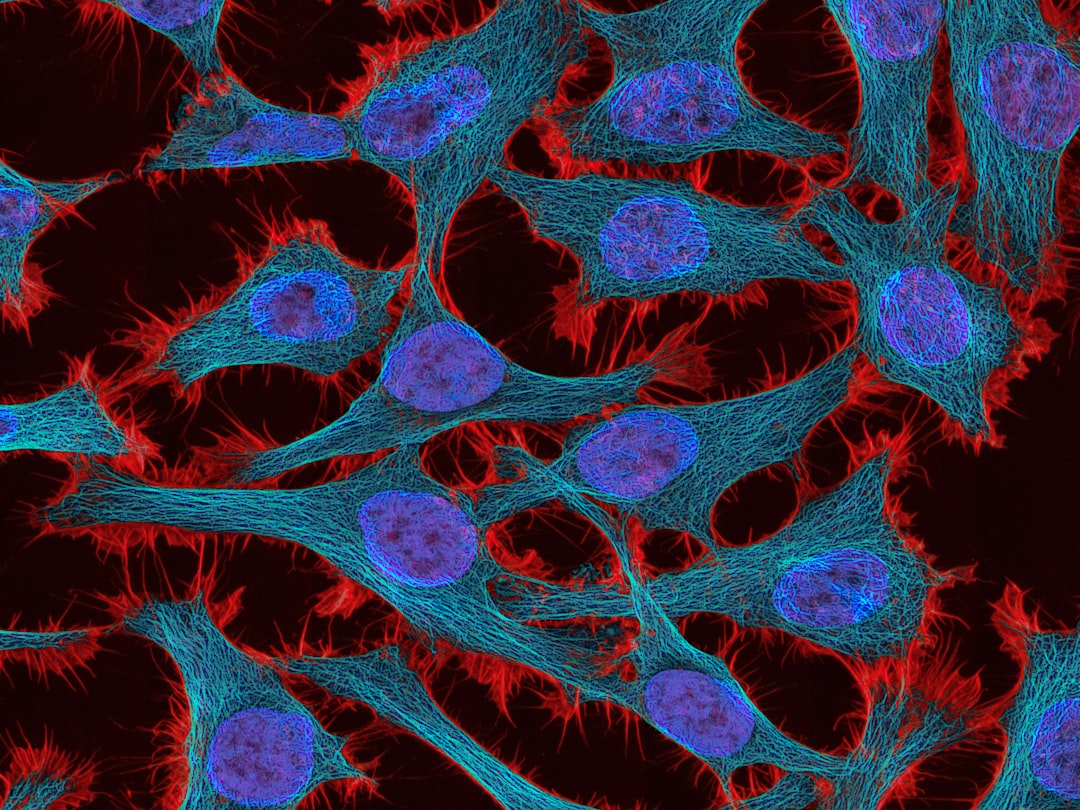What is it about?
Percutaneous chemonucleolysis with condoliase has been available for painful lumbar disc herniation since 2018 in Japan. This study investigated clinical and radiographic outcomes three months after the administration and analyzed whether the differences of intradiscal injection areas affected the clinical outcomes. We retrospectively investigated 47 consecutive patients (males, 31; median age, 40 years) three months after the administration. Radiographic outcomes were analyzed in 41 patients. The postoperative proportion of VAS scores recovery ≥ 2 points and ≥ 50% for pains in the lower limbs were 80.9% and 66.0%, respectively, revealing satisfactory effectiveness. Preoperative median mid-sagittal disc height significantly reduced from 9.5 to 7.6 mm postoperatively. There were no significant differences in pain relief in the lower limbs by injection areas in the center and the dorsal 1/3rd near the herniation of nucleus pulposus. Chemonucleolysis with condoliase revealed satisfactory short-term outcomes after the administration regardless of intradiscal injection areas.
Featured Image

Photo by CHUTTERSNAP on Unsplash
Why is it important?
For failed treatment with condoliase, the surgical removal of herniation is mostly demanded during three months after administration. The long-term clinical outcomes are certainly important, but the short-term outcomes will be more earnest for the patients with painful lumbar disc herniation.
Perspectives
Chemonucleolysis with condoliase has the potential to be the first-line treatment instead of surgical removal for painful lumbar disc herniation if the disc degeneration in the long term is acceptable.
Tatsuya Ohtonari
Brain Attack Center, Ota Memorial Hospital
Read the Original
This page is a summary of: Short-term clinical and radiographic outcomes of chemonucleolysis with condoliase for painful lumbar disc herniation and analysis regarding intradiscal injection area, Neurosurgical Review, February 2023, Springer Science + Business Media,
DOI: 10.1007/s10143-023-01966-w.
You can read the full text:
Resources
Contributors
The following have contributed to this page










